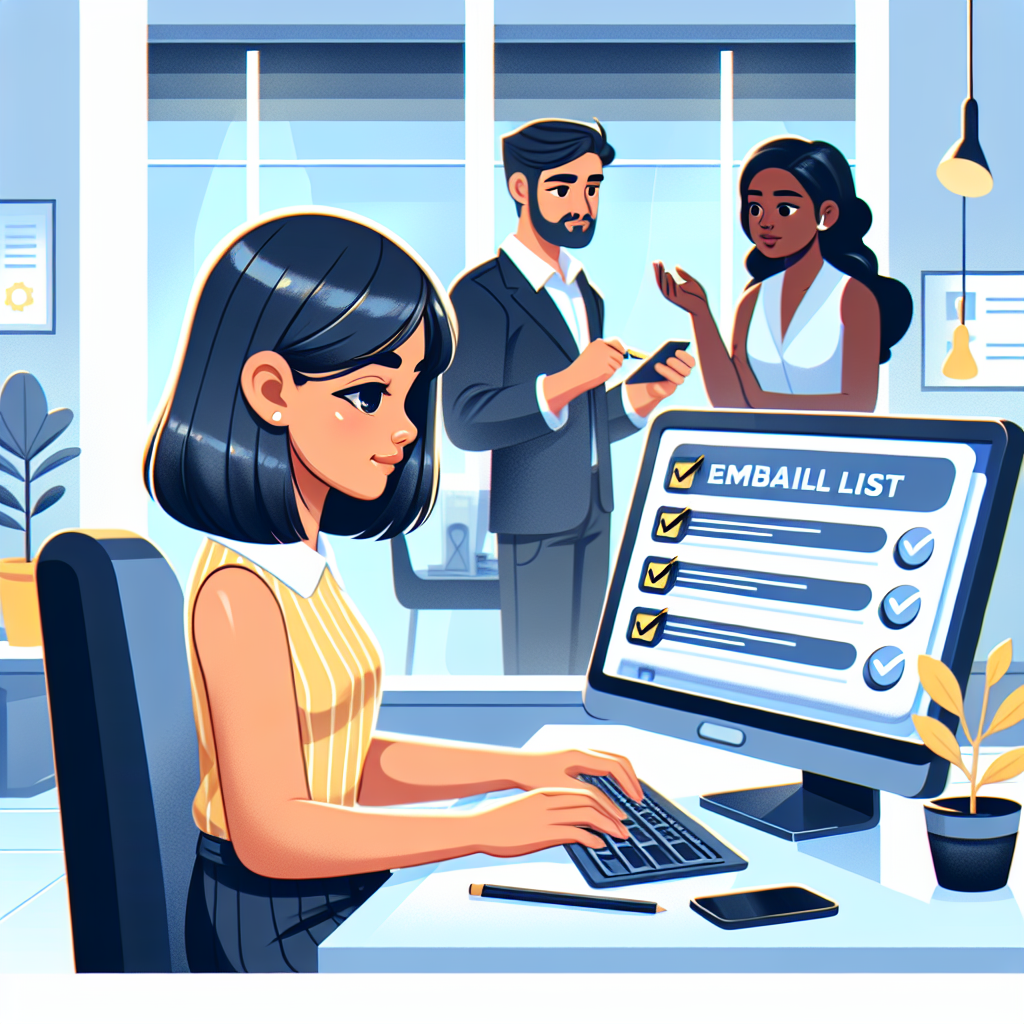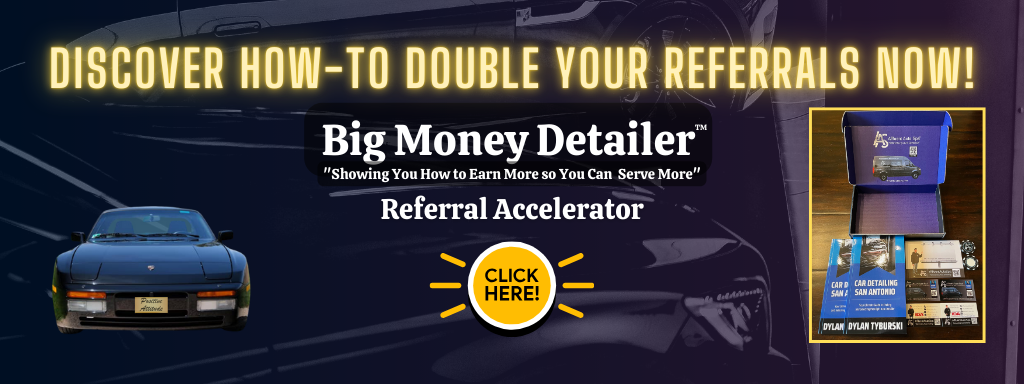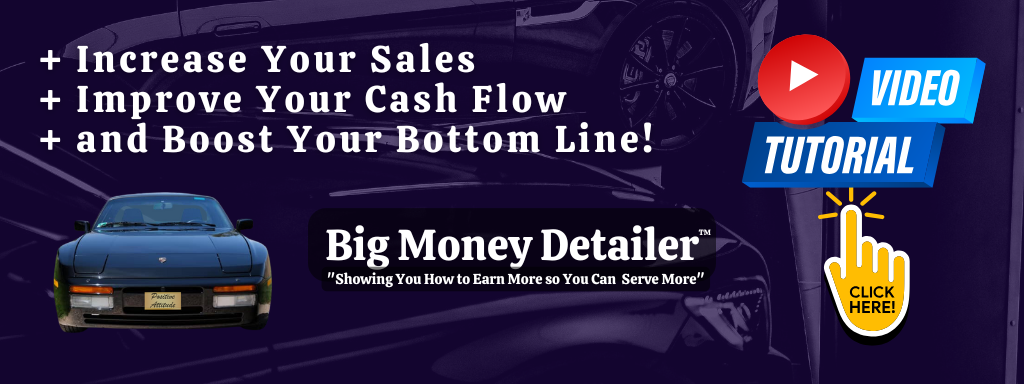Understanding the Importance of an Email List
Why Email is Still Relevant
In this digital age, it’s so easy to get lost in the noise of social media and instant messaging. But let me tell ya, email isn’t going anywhere. It’s like the trusty old friend who you know will be there when you need ‘em. I find that email still holds the crown for direct communication with clients. Once they opt-in, they’re giving you permission to talk to them directly, which is a big deal!
Unlike social media, where algorithms dictate who sees your posts, an email list ensures that your message lands directly in your client’s inbox, on their terms. This gives you a unique opportunity to nurture relationships and keep your clients engaged.
Moreover, you’re building a community. Those emails create a space where clients feel appreciated and informed, making them more likely to stick around. Trust me, you want your clients to look forward to your messages, not dread them!
Creating Value with Your Emails
When I first started building my email list, I learned quickly that the key is to offer real value. This means sharing useful information, exclusive offers, and content that resonates with your audience. The more value I provided, the more my clients engaged with my emails.
Consider your audience and what they might find beneficial. Whether it’s tips, case studies, or behind-the-scenes peeks, it all counts! Sometimes, just sharing a great resource can mean a lot to someone. You never know what might really hit the mark for them.
Over time, I’ve realized that consistent, high-quality content builds trust. Clients come to expect something meaningful from my emails, and that drives engagement. Give them something to look forward to, and they’ll keep opening your messages!
Building a Relationship Over Time
As I’ve been developing my email list, one thing became clear—it’s all about relationship building. Sending the occasional newsletter is great, but fostering a connection takes more than just that. You want to show your clients that you care; your emails should reflect that!
What I do is occasionally check in with personal notes or simply ask how they’re doing. It humanizes the interaction and reminds them that it’s not just about the business transaction. I also love sharing stories, both successes and failures, from my journey. Clients appreciate authenticity!
Don’t forget about follow-ups. If someone engages with your email—like clicking a link or responding—be sure to follow up. This shows them that their engagement is valued and can lead to deeper conversations.
Collecting Email Addresses Effectively
Creating Compelling Opt-in Forms
Getting people to sign up for my email list changed the game for my business. The first thing I learned was that my opt-in forms needed to be compelling. I mean, if I wouldn’t sign up for it myself, why would anyone else?
So, I started using eye-catching designs and clear calls to action. It’s all about making it ridiculously easy for people to say yes. I also experiment with different types of lead magnets—like eBooks or discount codes. Offering something for free, in exchange for an email, really works like a charm!
Don’t be shy about putting those forms everywhere! From your website to your social media; the more touchpoints, the better. Just make sure it’s clear what people are signing up for so they know they’re making a good decision.
Engaging Visitors with Value
Let’s be real—nobody wants to sign up for a boring newsletter. So, when I promote my email list, I focus on the value they’re going to get from it. I tell them exactly what they can expect, whether it’s exclusive tips, updates, or special offers.
One of my most effective strategies has been hosting webinars or workshops. I’m all about sharing knowledge and those events are a fantastic way to collect emails while giving something back. People really appreciate the opportunity to learn something new!
Every time I engage in a new project, I make sure to promote the email list—whether it’s on a podcast, guest blog, or during networking events. It’s all about spreading the word and showing how my content can help others.
Using Social Proof to Encourage Sign-ups
Social proof is a powerful motivator for getting sign-ups. When potential members see that others are signing up and finding value, they’re more likely to follow suit. I always feature testimonials and success stories from folks who have benefited from my emails.
To further boost credibility, I showcase my subscriber numbers—people love to jump on the bandwagon of a brand that others trust. Plus, adding screenshots of engaging emails or exciting content can intrigue potential sign-ups. It’s about building that trust factor!
Using social media to highlight these testimonials goes a long way, too. Engage your current audience and encourage them to share their experiences. This not only drives traffic but shows a vibrant community around your email list! It’s a win-win!
Crafting Relevant and Engaging Content
Segmenting Your Audience for Targeted Messaging
As I’ve built my list, I discovered that all my clients are not created equal. Different people have different needs and interests, and segmenting your audience can lead to a much more impactful strategy. It’s all about finding out what makes each group tick!
I’ve found various ways to segment, whether by demographics, past purchases, or even interests. Tailoring my content to these segments boosts engagement without a doubt. People like to feel seen and understood, and a little customization goes a long way!
Also, don’t hesitate to ask your subscribers what they’re interested in. A simple survey can help inform your content strategy and let them know that their opinion matters. The more you listen, the stronger the connection you’ll build.
Creating Engaging Subject Lines
Subject lines? Oh boy, they can make or break your email! I can’t stress enough how crucial it is to craft catchy and relevant subject lines. They’re the first thing your subscribers see, so it’s got to be good!
I’ve experimented with different styles—be it curiosity-driven, funny, or straight-up informative. For me, adding a personal touch, like including the recipient’s name, has also shown to improve open rates. It makes it feel like I’m talking directly to them, which is kind of the goal!
And let’s not forget about A/B testing. It’s a great strategy to figure out what works and what doesn’t. With just a little tweaking, your open rates can drastically improve, and your subscribers will appreciate the effort to grab their attention!
Keeping Your Content Fresh and Valuable
Lastly, I’ve realized the importance of keeping my content fresh. Sticking to a rigid template gets dull—that’s not what my clients signed up for! Instead, mixing things up keeps the audience engaged and motivated to read.
Whether it’s featuring guest authors, seasonal content, or interactive elements like polls, the variety helps keep things lively. I’ve even thrown in fun quizzes related to my field! It’s a great way to engage while still providing value.
Above all, consistency is key! Maintain a steady flow of content while ensuring it’s relevant and interesting. That’s how you’ll keep your email list thriving!
Analyzing and Adjusting Your Strategy
Measuring Success with Analytics
Once your email list is up and running, it’s essential to keep an eye on your analytics. Understanding how your emails are performing allows you to pivot your strategy as needed. I’ve learned to look beyond mere open rates—click-through rates and conversions tell the real story!
Tools like Google Analytics or specialized email marketing software can give you a wealth of data. I always review what content gets the best engagement and tweak my strategy accordingly. It’s all about being receptive to the numbers; they really guide your future decisions!
If something flops, don’t take it to heart! Use it as a lesson to refine and improve. Every successful campaign you have is a foundation built on previous insight. Keep testing and adapting for the best results.
Soliciting Feedback from Your Subscribers
Engaging your audience goes beyond just sending content; it also means listening! I often send out surveys to gather feedback—what do they like, what do they want more of? It sends a message that their opinion counts!
When you act on their feedback, it solidifies that relationship further. People love being a part of the process, and making changes based on their suggestions can enhance engagement and loyalty.
Use open-ended questions and rating systems to get a clearer picture of what your subscribers think. And don’t just stop there—keep the conversation going. Openly share how you’ve implemented their suggestions in future emails.
Adjusting Content Based on Performance
Last but certainly not least, it’s crucial to be responsive to the ever-changing needs of your audience. Trends shift, and so should your content. If it seems like something’s no longer resonating, don’t be afraid to change tack!
I always keep my ears to the ground, watching for emerging topics that my audience cares about. If I see something gaining traction, I jump on it and adjust my content calendar. Fresh and relevant always beats stale!
Listening to market changes and staying ahead of the curve can be your superpower. It keeps your content relevant and your audience engaged. It’s this adaptability that has allowed me to thrive in my email marketing journey.
Frequently Asked Questions
1. How do I start building an email list?
Start by creating compelling opt-in forms on your website and social media platforms. Offer valuable lead magnets like eBooks or discount codes to entice people to sign up. Make it clear what they can expect from subscribing!
2. How often should I send out emails to my list?
Consistency is key! I recommend sending emails at least once a month. However, you can send more frequent updates if you have valuable content to share. Pay attention to your audience’s response and adjust accordingly.
3. What type of content should I include in my emails?
Your content should focus on what your subscribers value. This could be educational tips, industry news, personal stories, or exclusive offers. Always aim to provide something beneficial to create engagement.
4. How do I know if my email marketing is successful?
Look at your open and click-through rates, as well as conversions. These metrics will provide insight into your email performance. It’s helpful to experiment with different strategies and see which gets the best results!
5. Can I segment my email list, and how do I do it?
Absolutely! Segmentation can be done based on demographics, purchasing behavior, or interests. Using email marketing software, you can easily categorize your lists and send tailored messages to each segment.



